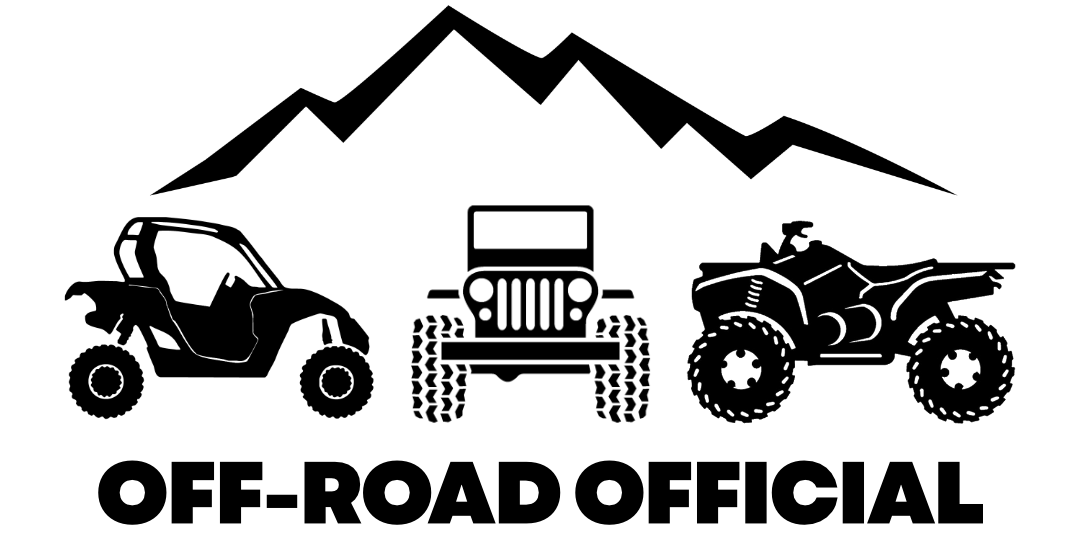From its introduction in 1988 to its final year of production in 2006, the Yamaha Blaster was one of the best bang-for-your-buck sport ATVs available.
And while their reasonable price tags appealed to younger riders, so too did the fact that they were one of the fastest ATVs in their class.
So what’s the top speed of a Yamaha Blaster? If you’re looking for the answer to that question, you’ve come to the right place.
This guide will examine the following:
- Yamaha Blaster top speed
- Top speed of a stock Blaster vs a modified Blaster
- Six modifications that will increase the Blaster’s speed and power
- Highest recommended aftermarket modifications for the Blaster
Yamaha Blaster Top Speed
Boasting a 195cc engine with a power output of around 17 horsepower, the top speed of a Yamaha Blaster is between 50 and 55 mph in fully stock condition.
This top speed is rather impressive for an ATV in the 200cc class.
That said, the Yamaha Blaster top speed can be improved to 65+ mph and its horsepower can be more than doubled by way of some common modifications.
Mods To Increase The Speed & Power
There are six modifications that owners can make to improve the top speed and power of their Yamaha Blaster.
- Add a big bore kit
- Upgrade the air intake
- Upgrade the exhaust
- Re-jet the carburetor
- Increase the gearing
- Increase the size of the rear tires
While each of these single modifications can increase the speed and power of your Blaster to a certain degree, the combination of most or all of them will have your Blaster keeping up with other sporty models like the Honda 300EX and Honda 400EX.
Add A Big Bore Kit
If you want to add more speed, you’ll need to start by adding more power.
A big bore kit replaces the stock piston and cylinder bore with bigger ones. By increasing the size of these components, you’ll give your quad a higher displacement, increased combustion flow, and a good bit more torque.
By adding a big bore kit, technically you are increasing the engine size and displacement.
In the case of the Yamaha Blaster and its stock 195cc engine, you may increase the displacement to around 230cc depending upon the big bore kit you go with.
When increasing the displacement with a bigger bore, it’s also essential to upgrade the stock stroke and crank shaft as well as tuning these new components by making modifications to the carburetor jets.
Most big bore kits will include all of the necessary replacement parts to do this.
One of the highest recommended big bores specifically for the Yamaha Blaster is Vito’s 240cc Blaster Big Bore Kit.
Upgrade The Air Intake
The air intake system enables the Blaster’s engine to breathe in clean air, which is essential to it running properly.
By upgrading the air intake system, you’ll enable even more airflow into the engine while also ensuring it’s clean.
The more air in and out, the more power the engine will generate. With an upgraded intake, your Blaster should see an increase in around 3 horsepower in the higher RPM ranges.
Pro Design makes a highly recommended upgraded air intake for the Blaster, with K&N making highly recommended upgraded air filters.
Upgrade The Exhaust
To provide an efficient exit for the added airflow in, you’ll also need to upgrade your exhaust system along with your intake.
If you want to maximize the added power and speed from increased airflow, an upgraded exhaust system is the second part of that process.
This will also benefit your Blaster by giving it a deeper, smoother sound while riding.
When deciding on an upgraded exhaust system, you should consider the other modifications you’ve made or plan to make to your quad.
For those with mostly stock Blasters, the highest recommended aftermarket exhaust systems are:
- FMF Exhaust
- Toomey Exhaust
For those who have made, or plan to make, a number of modifications, the highest recommended exhausts for the Blaster are:
- Pro Circuit Exhaust
- Shearer Exhaust
- LRD Exhaust
- Trinity Exhaust
Re-jetting the Carburetor
To maintain the optimal air to fuel ratios after increasing the airflow with an intake and exhaust upgrades, you’ll need to also increase the fuel flow.
To increase the fuel flow in carbureted machines like the Blaster, you’ll need to re-jet the carburetor by replacing or adjusting the three jets within it – the main jet, pilot jet, and needle jet.
The stock main jet in the Blaster should be a # 230. The size you’ll want to replace it with will depend on the types of intake and exhaust modifications you’ve made.
But generally speaking, you’ll likely want to increase it to a jet size of around 280. If you drive often in cold weather or at high elevations, you may want to increase that a few more sizes.
The pilot jet in the Blaster likely does not need to be replaced.
The needle jet can simply be adjusted to its proper setting by rotating it. Usually one to one and half full rotations will do.
Finding the right jet settings will likely take some trial and error to determine which will have your Blaster running the best with the modifications you’ve made.
Increase The Gearing
The gearing in the Yamaha Blaster refers to the front and rear sprockets.
The Blaster’s stock gearing is a 13-tooth sprocket in front and a 40-tooth sprocket in the rear.
If you want more top-end speed, you should move to a bigger front sprocket and potentially to a slightly smaller rear sprocket.
But there will be a tradeoff here, as increasing your front sprocket size will also lead to a decrease in low-end torque and acceleration.
The highest recommended gear set-up for owners looking for more top-end speed from their Blaster is a 14-tooth sprocket in front and leaving the stock 40-tooth sprocket in the rear.
A 38-tooth or 39-tooth rear sprocket will as well, but the 14/40 set-up gives you the best boost in top-end speed without negatively affecting your low-end torque and acceleration much.
Increase The Size Of The Rear Tires
The Yamaha Blaster comes equipped with 21-inch diameter stock tires in the front and rear.
To give it more top–end speed, owners have found that moving to 22-inch rear tires while leaving the stock 21-inch tires in place up front will net the best results.
While 22-inch rear tires will increase your top speed by a few mph, they will slow you down a bit on your initial takeoff.
Conclusion
While a fully stock Yamaha Blaster can hit an impressive top speed of around 55 mph, there are several modifications that will increase the top speed, horsepower, and torque of the machine.
A fully modified Yamaha Blaster can reach top speeds of 65+ mph and will likely double its engine output from the 17 stock horsepower to between 35 and 40 horsepower.
To see how the Yamaha Blaster stacks up with some of the faster sport ATVs in the industry, check out the following guides before you head to burn a little rubber:


